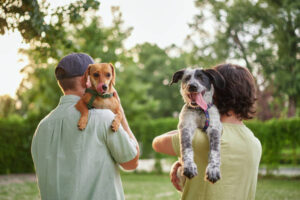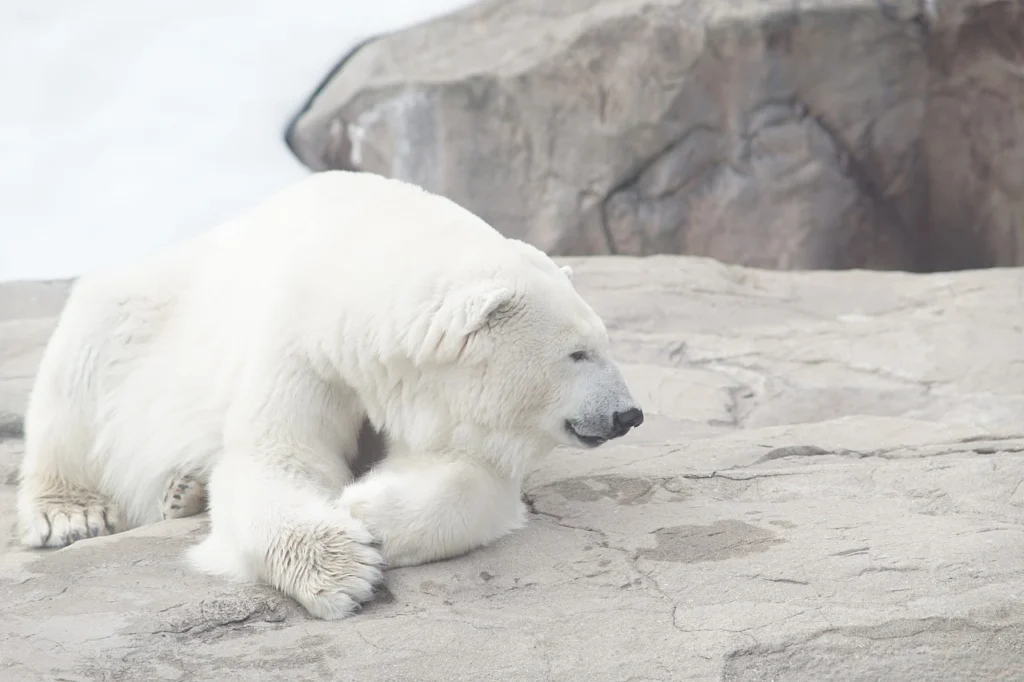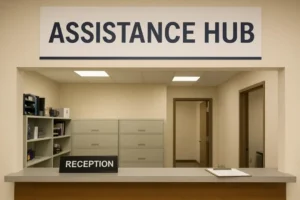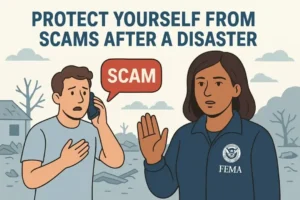Did you know Alaska is home to two of the world’s 19 polar bear subpopulations? These Arctic dwellers primarily inhabit the northern and western coasts, a region teeming with wildlife and icy places. These are the largest land carnivores in the world, often considered the king of the Arctic. This state provides a crucial habitat for two main populations: the Southern Beaufort Sea population and the Chukchi Sea population. These regions are lifelines for the bears, offering food and shelter despite the challenges posed by climate change.
What is the Population of Polar Bears in the State of Alaska?
Their population is estimated to 3,900, based on scientific data and broader estimates.
Here’s a breakdown of how many polar bears live in Alaska:
| Population | Estimated Number |
| Southern Beaufort Sea | ~900 bears |
| Chukchi Sea | ~3,000 bears |
These figures indicate that, this state is home to a substantial portion of the world’s polar bear population, though the numbers vary due to natural and environmental factors.
Southern Beaufort Sea Population vs. Chukchi Sea Populations
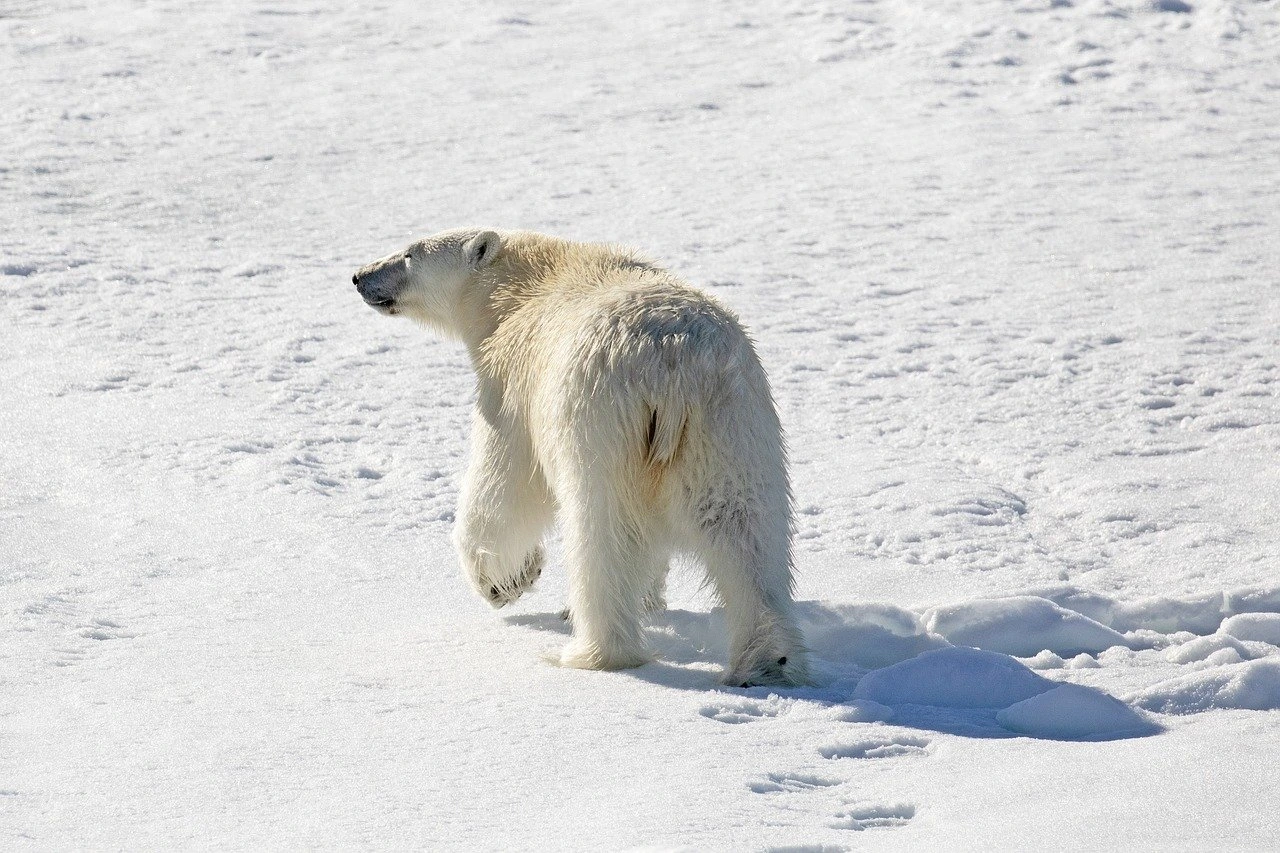
Southern Beaufort Sea Population
- Estimated population: 900 bears.
- This group has experienced a 40% decline.
- Lives primarily along the coast of northern Alaska and Canada.
Chukchi Sea Population
- Estimated population: Around 3,000 bears, shared between Alaska and Russia.
- This population is considered healthier due to better access to food resources compared to the Southern Beaufort population.
Polar Bear Range in Alaska
The range is closely tied to the icy Arctic environment, which provides the perfect setting for their survival and population increase. Let’s take a closer look at where they live, their movements, and how they adapt to their changing habitat.
Geographical Distribution
One of the main facts about polar bears in Alaska is they are primarily found along the northern coastline, stretching from the Bering Strait in the west to the Alaska-Canada border in the east. They inhabit two major regions:
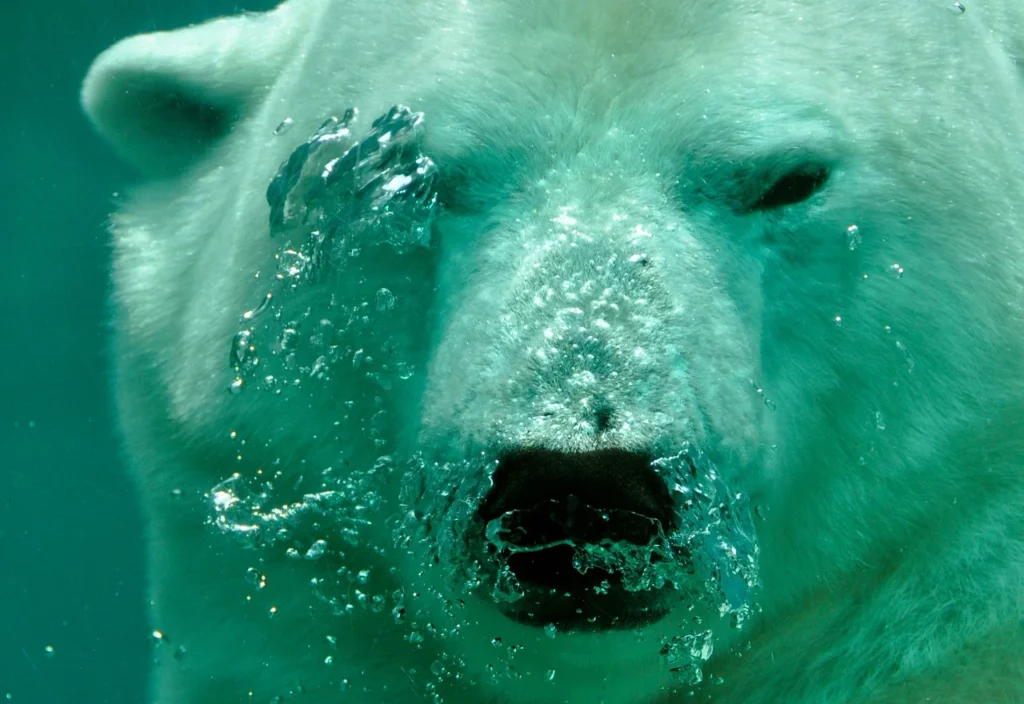
Chukchi Sea: This region includes the waters and sea ice west of the state, near Russia.
Beaufort Sea: Located to the north, near the border with Canada, this area supports a smaller population.
They typically remain near the sea ice, which they rely on for hunting seals.
Habitat Preferences
They prefer environments that maximize their access to food.
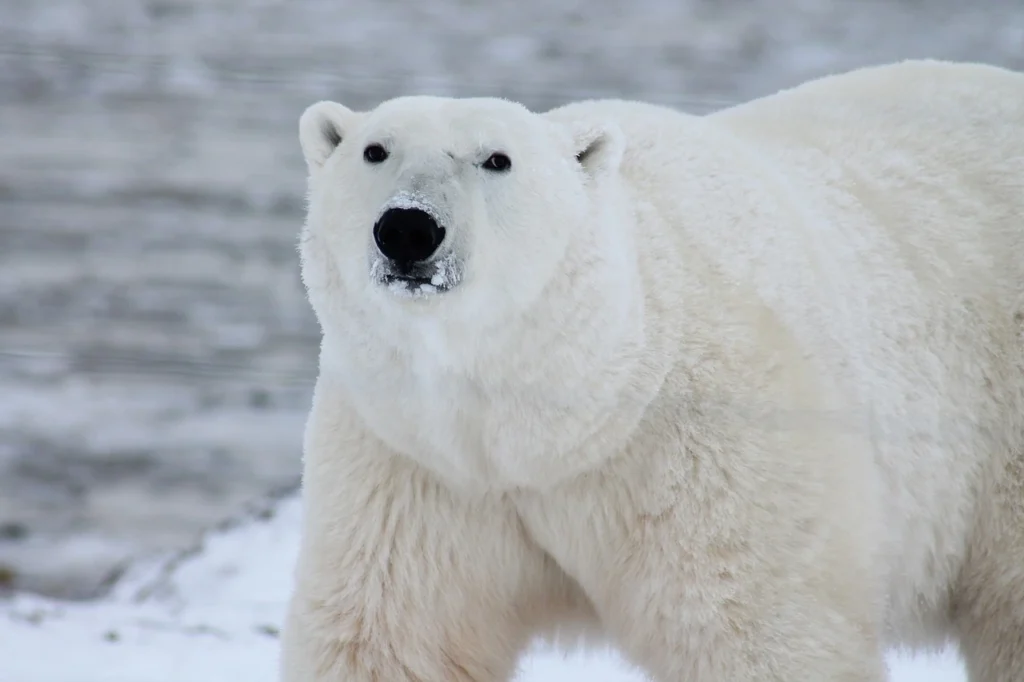
Sea Ice: Most of them stay on sea ice year-round, which serves as a platform for hunting.
Coastal Areas: During the summer months, when the ice melts, they move closer to shorelines, often resting on barrier islands.
Inland Movement: Unlike other bears, they rarely travel inland. Pregnant females are an exception, as they dig dens up to 20 miles inland to give birth in places like the Arctic National Wildlife Refuge.
Seasonal Movements
Their seasonal behavior reflects their adaptation to changing ice conditions:
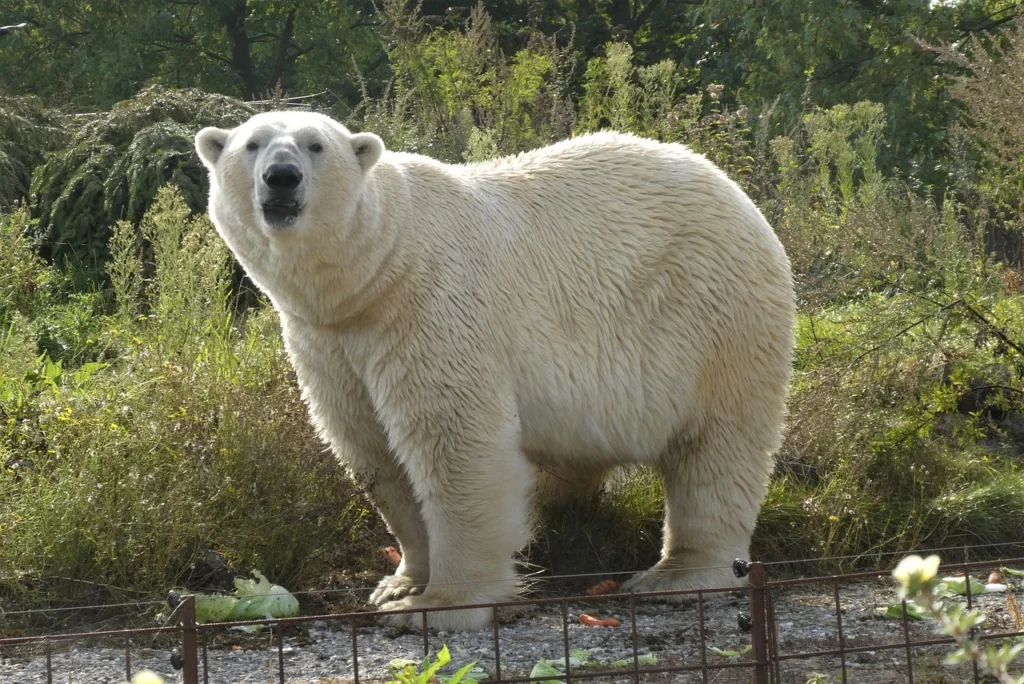
Winter and Spring: They remain on the sea ice to hunt.
Summer: When the ice melts (in August), they move to coastal areas to rest or for food.
Fall: In October, as the ice reforms, they return to their icy hunting grounds.
These movements highlight their reliance on ice, making them vulnerable as climate change alters the Arctic landscape.
Threats to Polar Bears
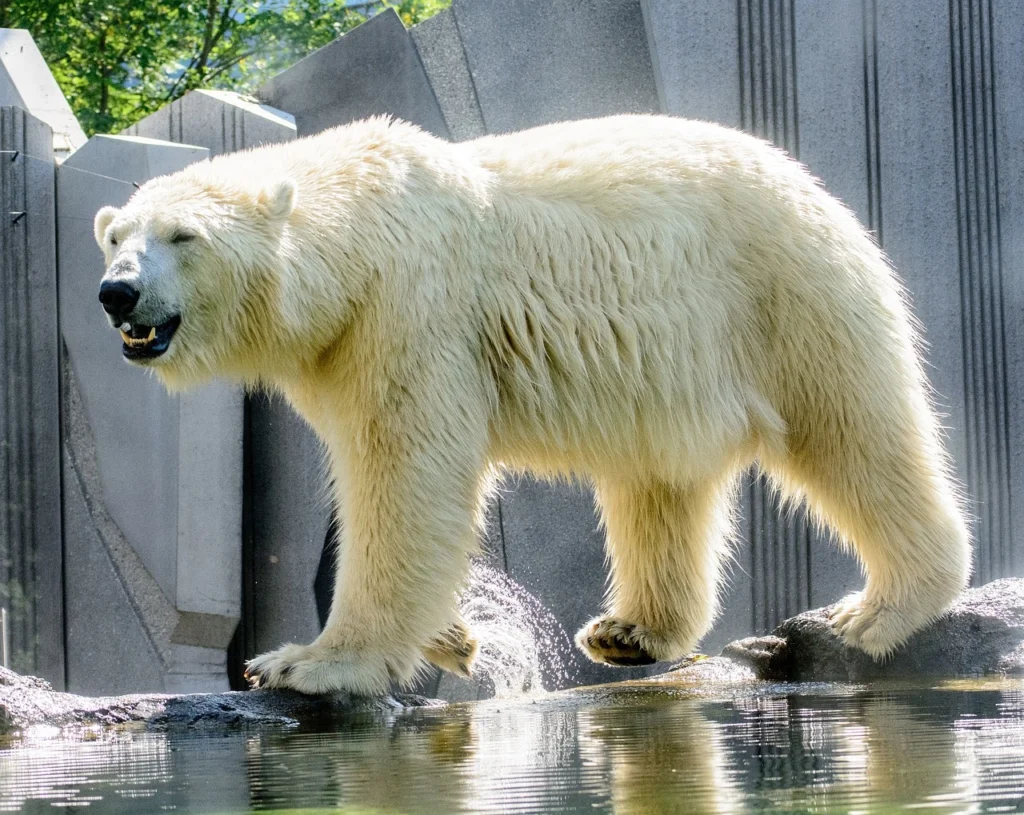
Let’s explore the key threats they encounter and how these affect on their population.
1. Climate Change
The biggest threat to them is climate change. As global temperatures rise, Arctic sea ice melts earlier in the spring and forms later in the fall, shrinking their hunting season. Without sea ice, they struggle to catch their primary prey—seals. This can lead to:
- Malnutrition: Bears can’t get enough food to sustain themselves.
- Decreased Cub Survival: Mothers struggle to find enough food for their young.
Think of sea ice as a polar bear’s “hunting platform.” Without it, their way of life crumbles.
2. Habitat Loss
Melting sea ice isn’t the only problem. Human activities like oil drilling, mining, and shipping are encroaching on their habitats. As more industries expand into the Arctic, bears face:
- Disturbed Denning Sites: Pregnant females need undisturbed areas to raise their cubs.
- Increased Human-Wildlife Conflicts: Their searching for food may come into contact with communities, posing risks for both humans and bears.
3. Pollution
Pollutants in the Arctic environment can harm them in several ways:
- Oil Spills: These can contaminate sea ice and waters, affecting them and their prey.
- Toxins: Chemicals like mercury and PCBs build up in seals, the main food source for them, eventually impacting the bears’ health.
4. Overhunting and Poaching
Although their hunting is regulated in many areas, illegal poaching remains a problem. Indigenous communities are allowed to hunt a limited number for subsistence, but overhunting or illegal trade can reduce population numbers.
5. Food Scarcity
As sea ice diminishes, polar bears are forced to spend more time on land, where food is scarce. Scavenging for scraps or preying on terrestrial animals like birds and their eggs isn’t enough to meet their dietary needs. This can lead to:
- Weight Loss
- Weakened Immune Systems
FAQs
Approximately 3,900 polar bears reside in this state, primarily in the Southern Beaufort Sea and Chukchi Sea regions.
The best spots are in Kaktovik and other areas along the Arctic coastline during the fall.
Polar bears have thick fur, a layer of fat, and specialized paws for insulation and traction on ice.
The primary threats include climate change, habitat loss, industrial activity, and pollution.
As apex predators, they regulate seal populations, maintaining the balance of the Arctic marine ecosystem.


